The Affordable Care Act (ACA) has resulted in a wealth of change to the insurance and healthcare industries. It has also had a profound effect on the way businesses provide for their employees' health and well-being. The rising cost of providing insurance for employees has lead to nearly 70% of U.S. employers turning to corporate wellness programs as a means to help their employees stay healthier, while saving the company money in the process. With most employers now providing employee wellness programs, corporate wellness is adapting to better meet the needs of its clients. Take a look at 5 ways corporate wellness is changing.
1. Corporate wellness programs are exploring new ways to improve engagement through a holistic approach
While corporate wellness programs focus primarily on physical health and well-being, including fitness, weight loss and smoking cessation programs, many employee wellness programs are beginning to incorporate a more holistic approach with the aim of improving employees' social and mental health. This new direction in corporate wellness focuses less on short-term participation through incentives and more on driving outcomes through cultural shifts that impact the employees at work and at home. A holistic approach includes, a focus on managing stress, getting more restorative sleep, finding a balance between your work and home life, fostering connections within the workplace and the larger community, and taking care of financial health. 2016 is seeing an increase in mindfulness and resiliency training. The thought is that if employees are better able to manage their stress it will be easier for them to make healthier lifestyle choices.
2. Using coaching to bridge the gap in engagement

Health Risk Assessments and biometrics screenings have long been the staples of employee wellness programs. While these are valuable tools in understanding employee risk factors they haven’t led to a high return on investment or lowered health care cost for employers. Incentivizing employees to give you their data doesn’t mean they will act on that data. Employers are having to look at new ways of engaging employees in coaching through the use of technology to drive participation gaps among those with the highest risk as well as keep those at moderate risk healthy. Coaches are using text messaging, Skype, FaceTime, and monitoring devices to stay connected with clients without sacrificing rapport and accountability. The role of the coach is growing to include concierge services by being the point at which you can connect employees to the right resources at the right time.
3. Companies are looking to high-tech gadgets such as the Apple Watch and activity monitors such as Fitbit to help employees to pursue their fitness and nutrition goals

For a lot of people, some healthy competition can be a strong motivator to get in shape and eat more nutritiously. Companies are looking for open platforms that allow employees to bring their own device and participate in challenges that are relevant to their personal wellness goals. Employers are realizing that increases in participation and adherence happens when technology is paired with high-touch interactions, social connections, and customized to employee interests and goals. Technology has provided employers with some powerful tools to scale employee wellness but making sure programs still meet employees where they are at and feel personalized to individual interest and goals is what will drive engagement and ultimately results.
4. Feel Better by Helping Others
Highlights from when Team Active kicked off 2016 with special classes and fitness events across the country to benefit Augie's Quest
Fitness challenges for charity have also been steadily increasing, and will continue to do so in 2016. Not only has getting fit for charity encouraged more employees to participate, but the effects of earning incentive dollars, or competing for a large donation for a selected charity, offers employees the chance to make a difference in the world even as they achieve their health goals.
Charity fitness challenges are also excellent for reducing stress. Stress has a huge effect on our health, is a key cause of inflammation throughout the body, increases the rate of absenteeism, and decreases work productivity. Plus, it makes for some irritable employees. Finding creative ways for employees to reduce their stress levels will lead to a more cheerful, more productive business, and employees will enjoy better health, and not using their sick days.
5. Employee wellness is becoming more holistic, with emphasis on relaxing, restoring, and reconnecting with co-workers

Businesses have had to re-evaluate their corporate wellness programs, consulting with fitness management companies to craft programs that motivate their employees to participate in physical fitness, to eat better, get more restorative sleep and lower their stress levels. Rewarding employees for using the latest fitness-monitoring technology incentivizes them to embrace activity, make more nutritious meal and snack choices, and to be encouraging to their fellow co-workers as well. Social activities and charity fitness are also becoming a big part of the corporate wellness programs of 2016. Looking forward, businesses will continue to help their employees stay healthy, increase their productivity and improve their overall wellness.
For more information about how Active Wellness can assist you in creating a customized corporate wellness program or to learn more about our fitness center management and consulting services, contact us below.




